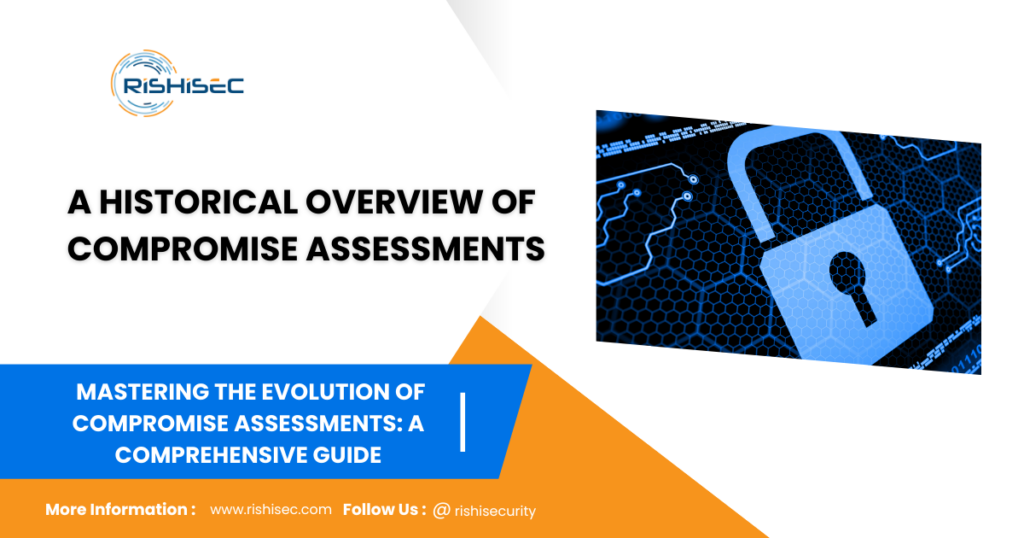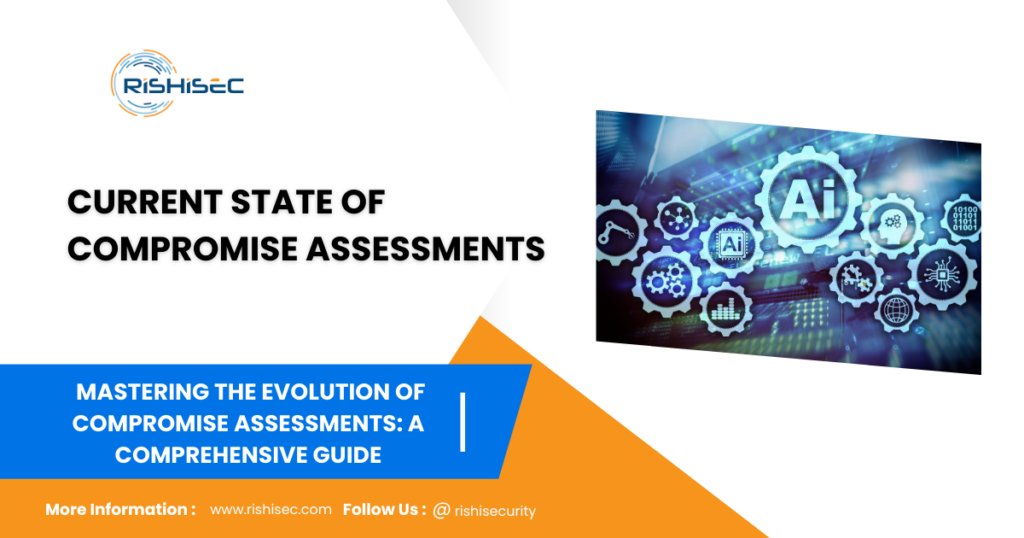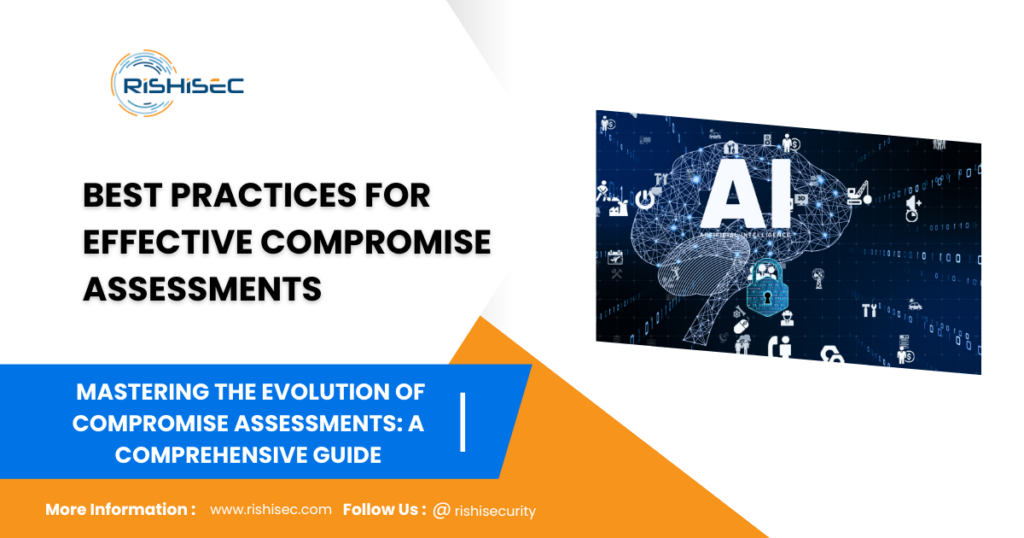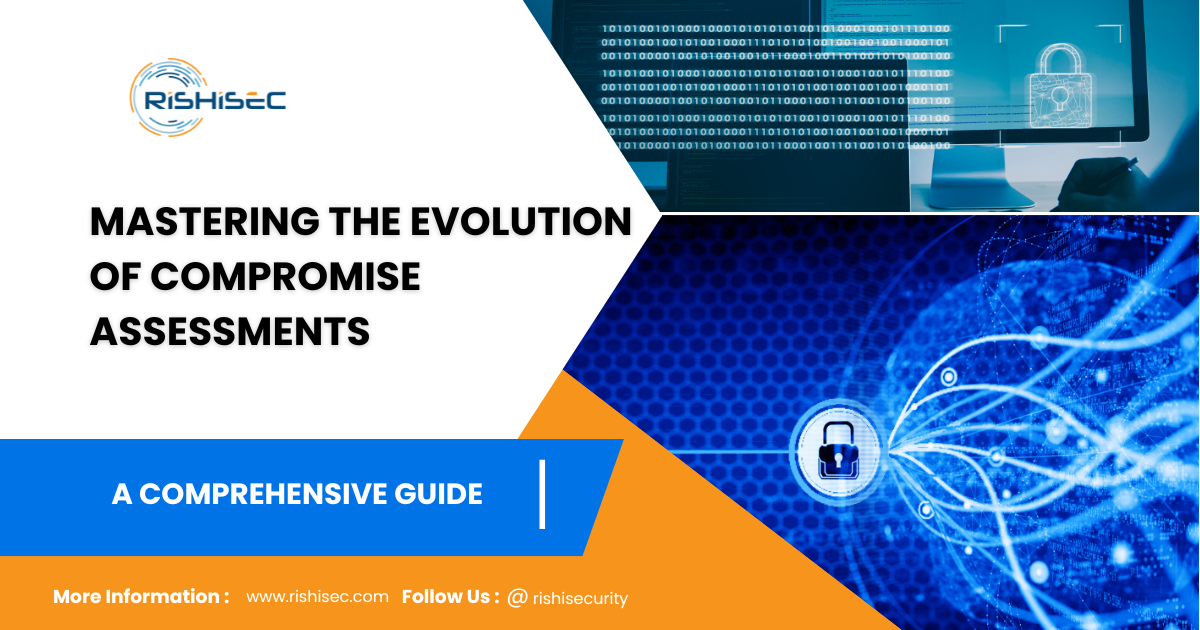Contents
Mastering the Evolution of Compromise Assessments
Compromise assessments have come a long way, evolving from rudimentary scans to sophisticated evaluations powered by cutting-edge technologies. Mastering the Evolution of Compromise Assessments is essential for organizations that want to stay proactive and adapt to the dynamic threat landscape. Understanding this evolution is crucial for any organization aiming to stay ahead of emerging threats. In this guide, we’ll explore the journey of compromise assessments, current advancements, and future trends, while providing actionable insights for enhancing your cyber security strategy.
A Historical Overview of Compromise Assessments

Historical Overview of Compromise Assessments
In the early days of cyber security, compromise assessments were largely manual and basic. Initial tools could identify obvious vulnerabilities but lacked the sophistication to detect complex threats. For example, early assessments might flag outdated software but were unable to recognize subtle indicators of a breach, such as advanced persistent threats (APTs).
Current State of Compromise Assessments

Current State of Compromise Assessments
Today, compromise assessments leverage advanced technologies such as artificial intelligence (AI) and machine learning. These tools offer superior detection capabilities by analyzing vast amounts of data and identifying patterns that traditional methods might miss. For instance, AI-driven assessments can pinpoint anomalies in network traffic or user behavior that could indicate a breach, providing a more comprehensive security posture.
Case Study: Consider a leading financial institution that upgraded to an AI-powered compromise assessment solution. The new system significantly improved its ability to detect sophisticated threats and respond promptly, showcasing the power of modern technology in enhancing security measures.
Future Trends in Compromise Assessments
The future of compromise assessments will be shaped by several key trends:
- Increased Automation: Expect to see more automated tools that streamline the assessment process, reducing manual effort and improving accuracy.
- Enhanced Integration: Future assessments will integrate seamlessly with other security measures, such as threat intelligence platforms and incident response systems, providing a more cohesive security strategy.
- Advanced Behavioral Analysis: As cyber threats evolve, there will be a greater emphasis on understanding and analyzing user behavior and network patterns to detect potential threats early.
Best Practices for Effective Compromise Assessments

Effective Compromise Assessments
- Embrace Advanced Technologies: Leverage the latest tools and technologies to enhance detection and response capabilities. AI and machine learning can significantly improve the effectiveness of your assessments.
- Regularly Update Methods: Continuously review and refine your assessment methodologies to stay aligned with evolving threats and technological advancements.
- Benchmark Against Industry Standards: Compare your assessment results with industry benchmarks to ensure effectiveness and identify areas for improvement.
CTA
Enhance your cyber security strategy with SentryCA. Our state-of-the-art solution offers real-time monitoring, superior detection capabilities, and seamless integration with your existing security infrastructure. Start your free trial today to experience how SentryCA can elevate your compromise assessments and strengthen your organization’s defenses.
Continue reading our this marvelous post, The Role of Compromise Assessments in Incident Response


